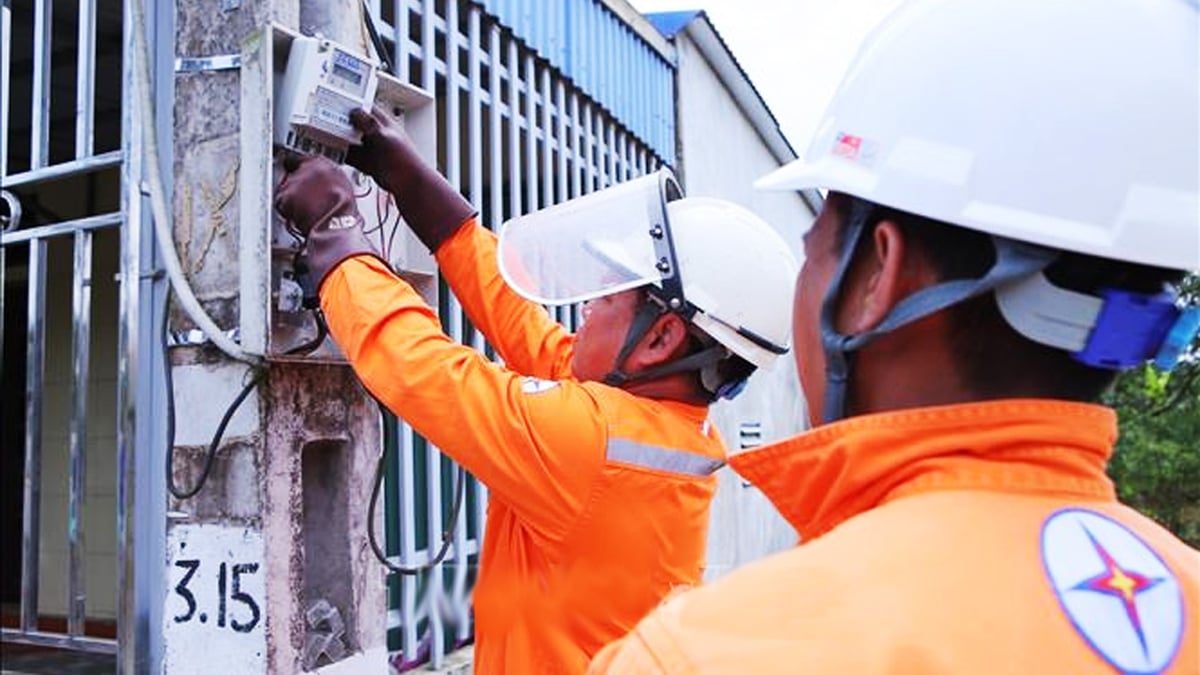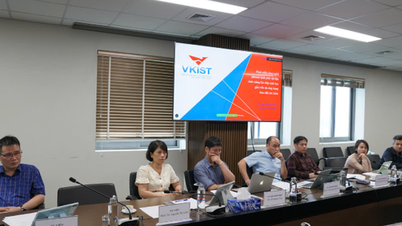Many children with autism avoid eye contact, but in some cases, lack of eye contact is not a sign of autism.
Lack of eye contact is a typical symptom of autism. According to documents from the American Psychiatric Association, children with autism often have difficulty using many non-verbal behaviors such as: eye contact, facial expressions, gestures, postures, social interactions... Other criteria used to diagnose autism include: inability to develop, maintain or understand relationships; often showing indifference or disinterest when called by name...
However, a lack of eye contact does not always indicate autism. Sometimes a child is simply afraid or does not like being looked at. Some children do not know that they should look at someone's eyes when communicating, so they look at their mouth or hands. Experts say that anxiety, shyness or overstimulation can also cause children to make less eye contact.
Some infants may not make eye contact but still turn toward their parents when their name is called. This is not considered a sign of autism.

Autistic children often have little eye contact. Photo: Freepik
Research shows that people with autism respond differently to eye contact than people without autism. Scientists at Yale University, USA, used brain scanning equipment to compare responses to eye contact between people with autism and those without autism. The results showed that eye contact stimulates activity in different regions of the brain in people with autism compared to the control group. This explains why children with autism show anxiety, fear, and avoid the eyes of others.
Another study used electroencephalography (EEG) to study brain activity related to eye contact. Researchers found that typically developing children responded more strongly when looking directly at a person. However, children with autism responded more strongly when their partner looked at them from other parts of the body than when looking directly at them.
According to the study authors, people with autism often feel physically uncomfortable when making eye contact. These uncomfortable symptoms include: dizziness, headaches, increased heart rate, nausea, shaking... even pain.
Many children with autism cannot focus on spoken language and the eyes of others at the same time. Some reserve eye contact for close relationships and people they trust. Instead of looking directly into the eyes of others, many children choose to look at the forehead or just above the eyes.
Bao Bao (According to Very Well Health )
Source link































































































![[Infographic] In 2025, 47 products will achieve national OCOP](https://vphoto.vietnam.vn/thumb/402x226/vietnam/resource/IMAGE/2025/7/16/5d672398b0744db3ab920e05db8e5b7d)





Comment (0)